At least 32 people have been killed in the Democratic Republic of the Congo after a bridge at a copper and cobalt mine collapsed due to overcrowding. The incident occurred at the Kalando mine in southeastern Lualaba province on Saturday, according to the province's interior minister, Roy Kaumbe Mayonde.
The bridge collapse happened despite a formal ban on access to the site due to heavy rain and the risk of a landslide. Wildcat miners, who had forced their way into the quarry, were rushing across the makeshift bridge when it gave way, built to get across a flooded trench. The bridge was not designed to handle the large number of miners attempting to cross at the same time.
The incident occurred on Saturday, and the interior minister, Roy Kaumbe Mayonde, announced the death toll on Sunday. The mine is located in Lualaba province, which is a major source of copper and cobalt in the Democratic Republic of the Congo.
The immediate impact of the bridge collapse is devastating, with families of the victims left to mourn the loss of their loved ones. The government has promised to investigate the incident and take steps to prevent similar tragedies from occurring in the future. The incident highlights the risks faced by artisanal miners in the Democratic Republic of the Congo, who often work in hazardous conditions without proper safety equipment or training.
The Democratic Republic of the Congo is home to vast mineral resources, including copper and cobalt, which are in high demand globally. However, the mining industry in the country is often plagued by safety issues, corruption, and environmental concerns. The government has implemented regulations to improve safety standards, but enforcement remains a challenge.
As the investigation into the bridge collapse continues, the government is expected to take steps to improve safety standards at mines across the country. This may include increased enforcement of regulations, provision of safety equipment and training for miners, and better management of mining operations. The incident serves as a stark reminder of the need for improved safety standards in the mining industry, not just in the Democratic Republic of the Congo but globally.




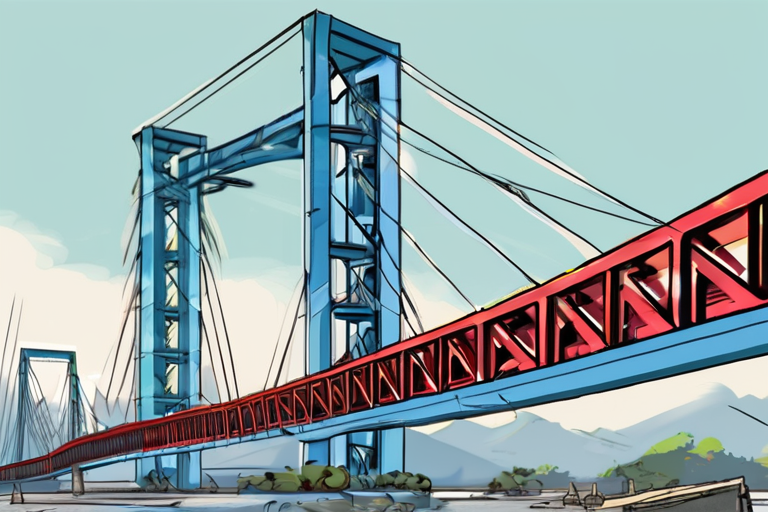
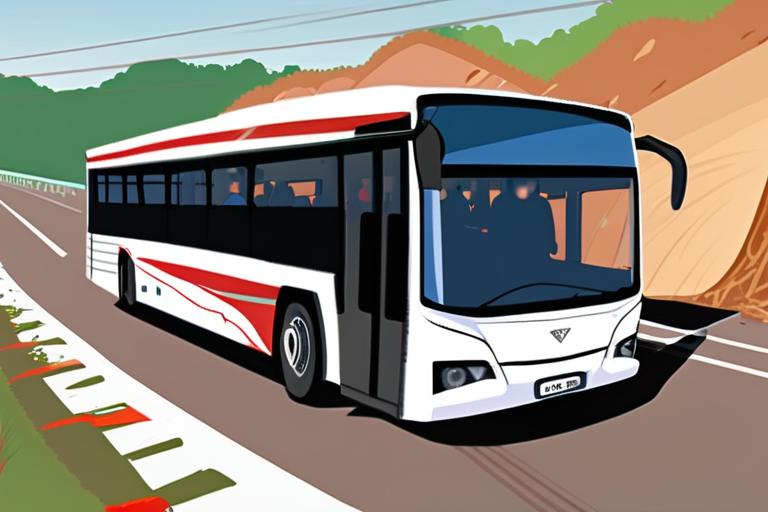

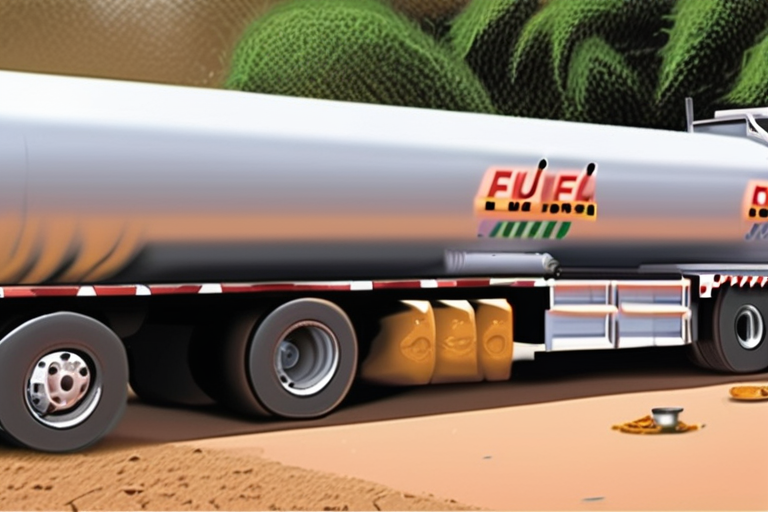

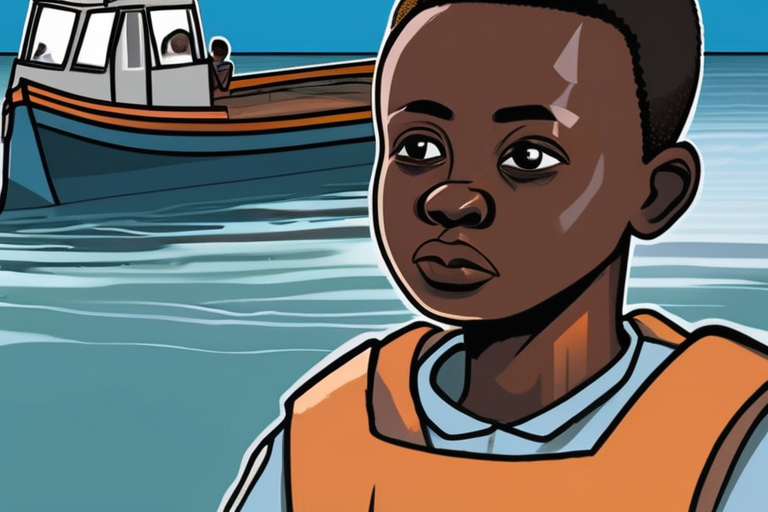
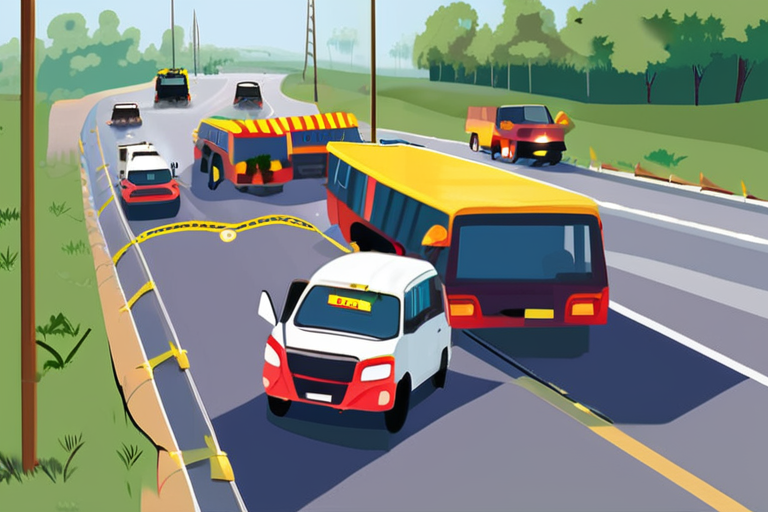

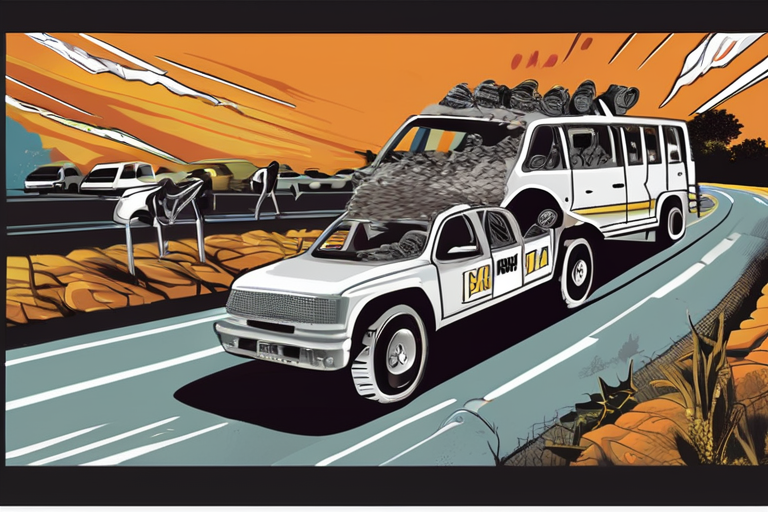

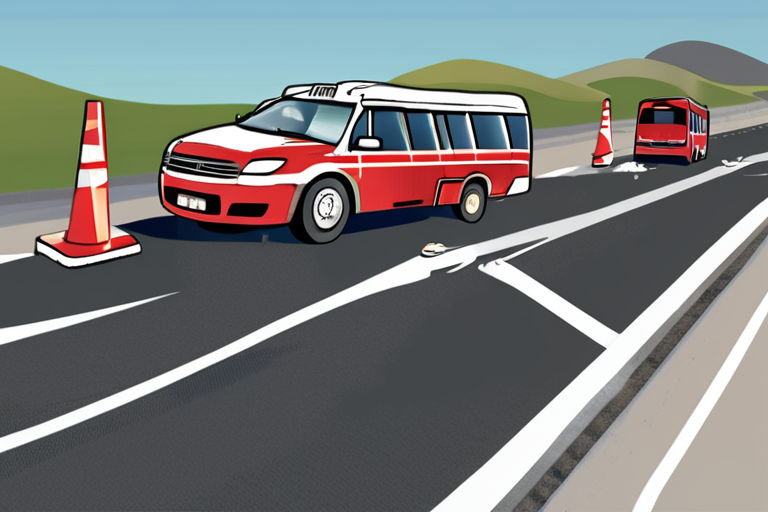
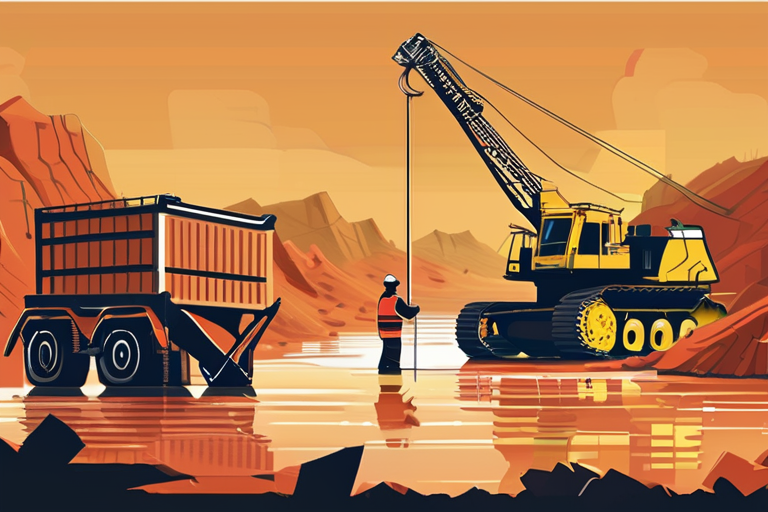

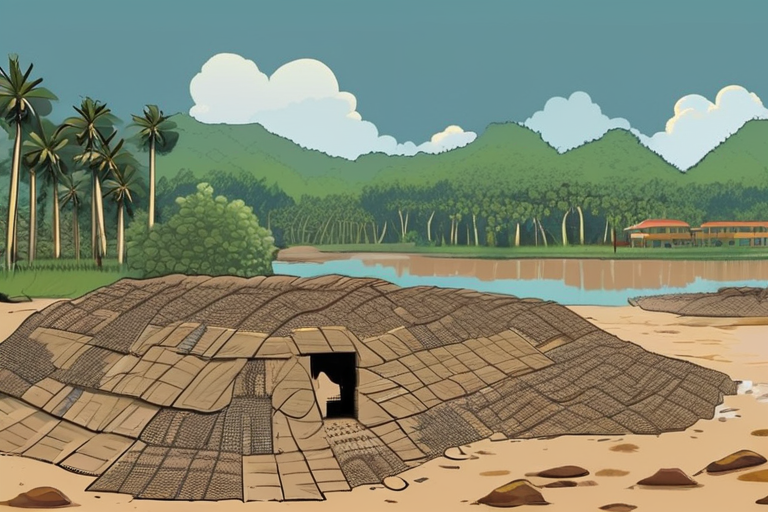
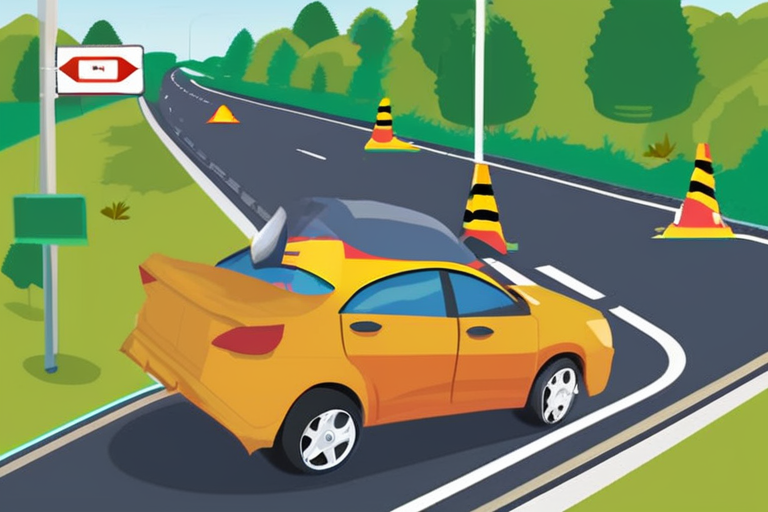
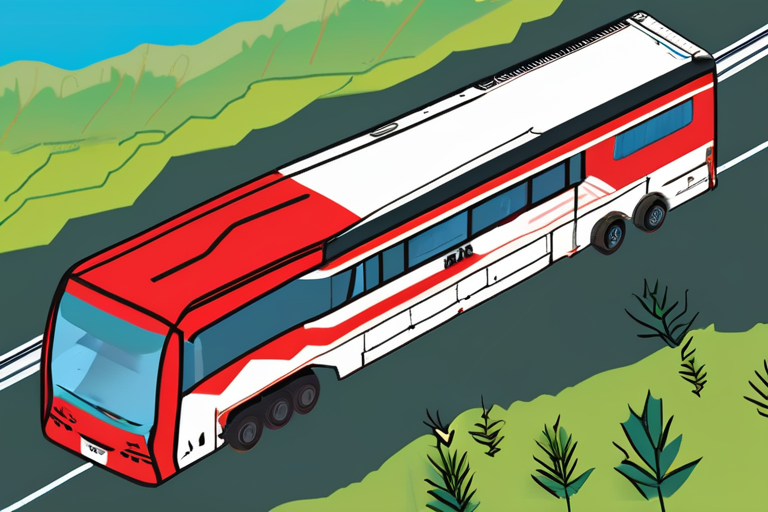
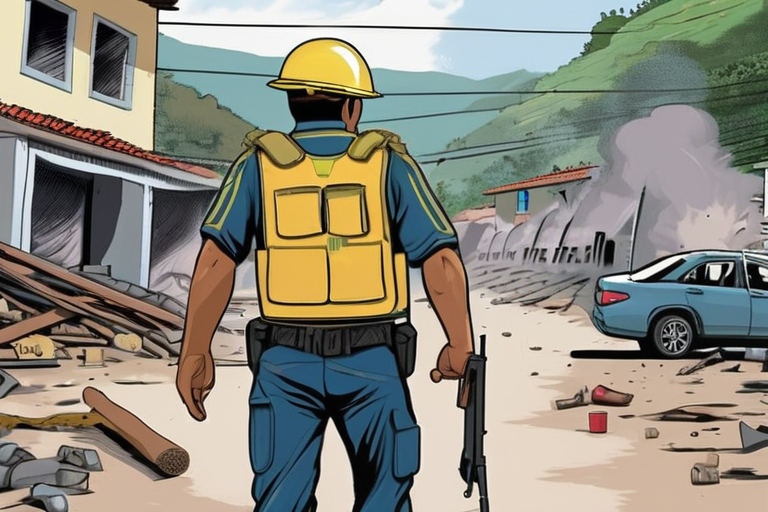
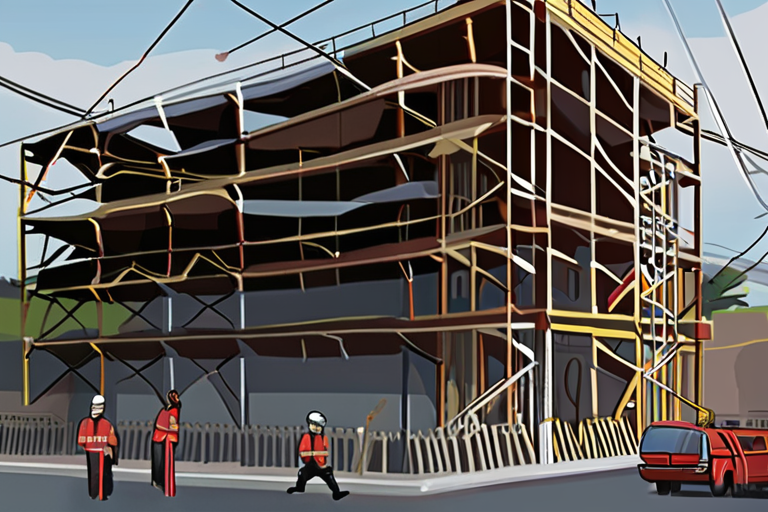
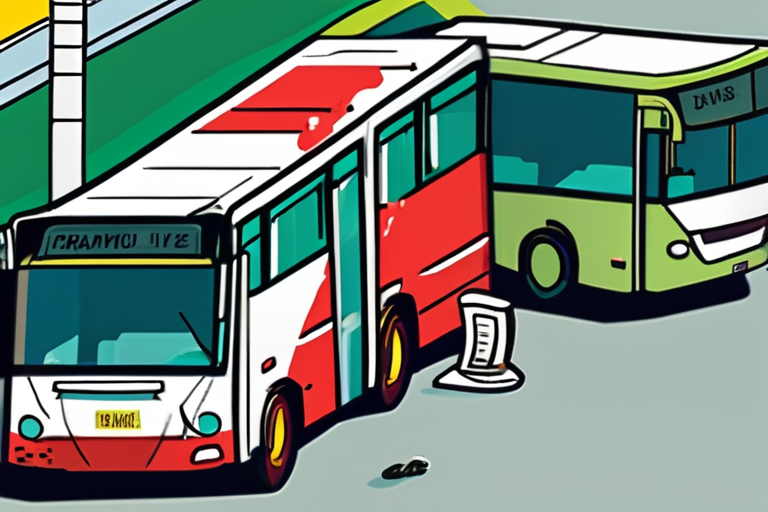




Share & Engage Share
Share this article